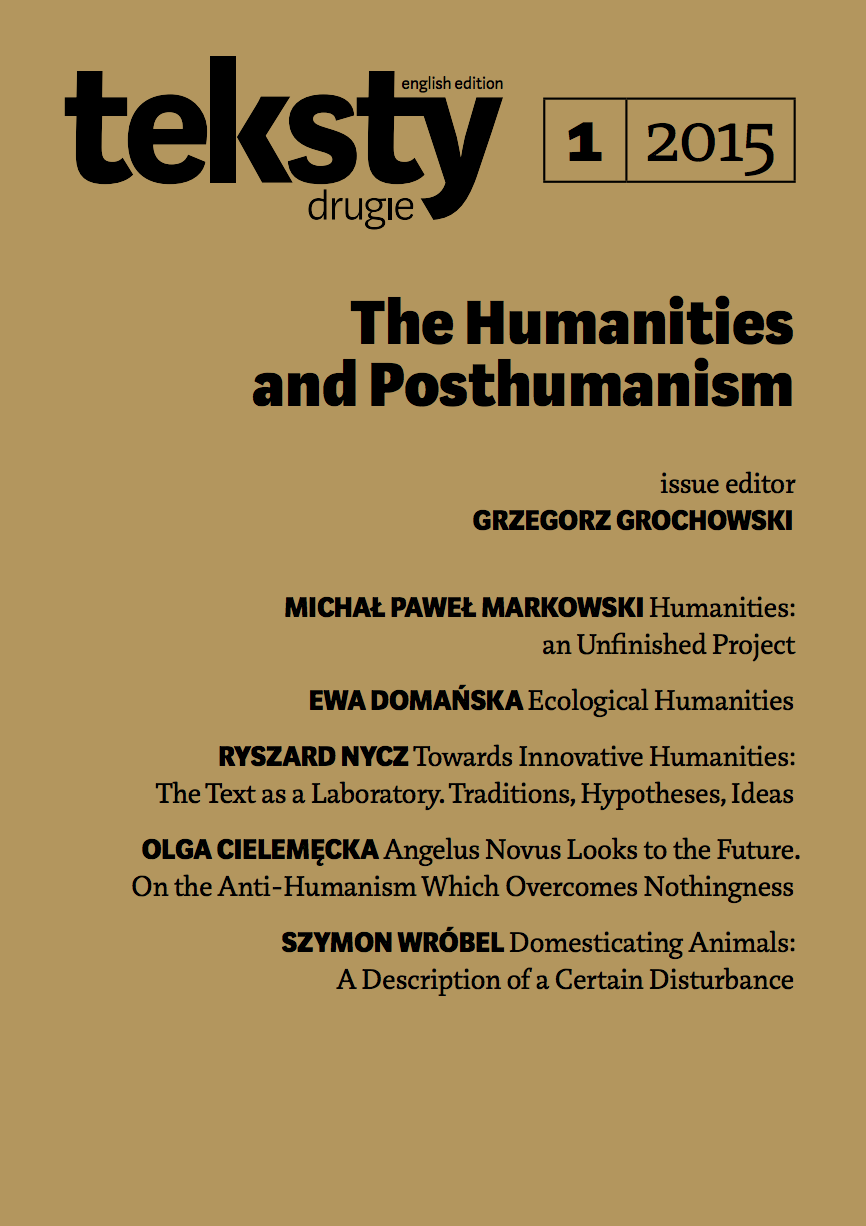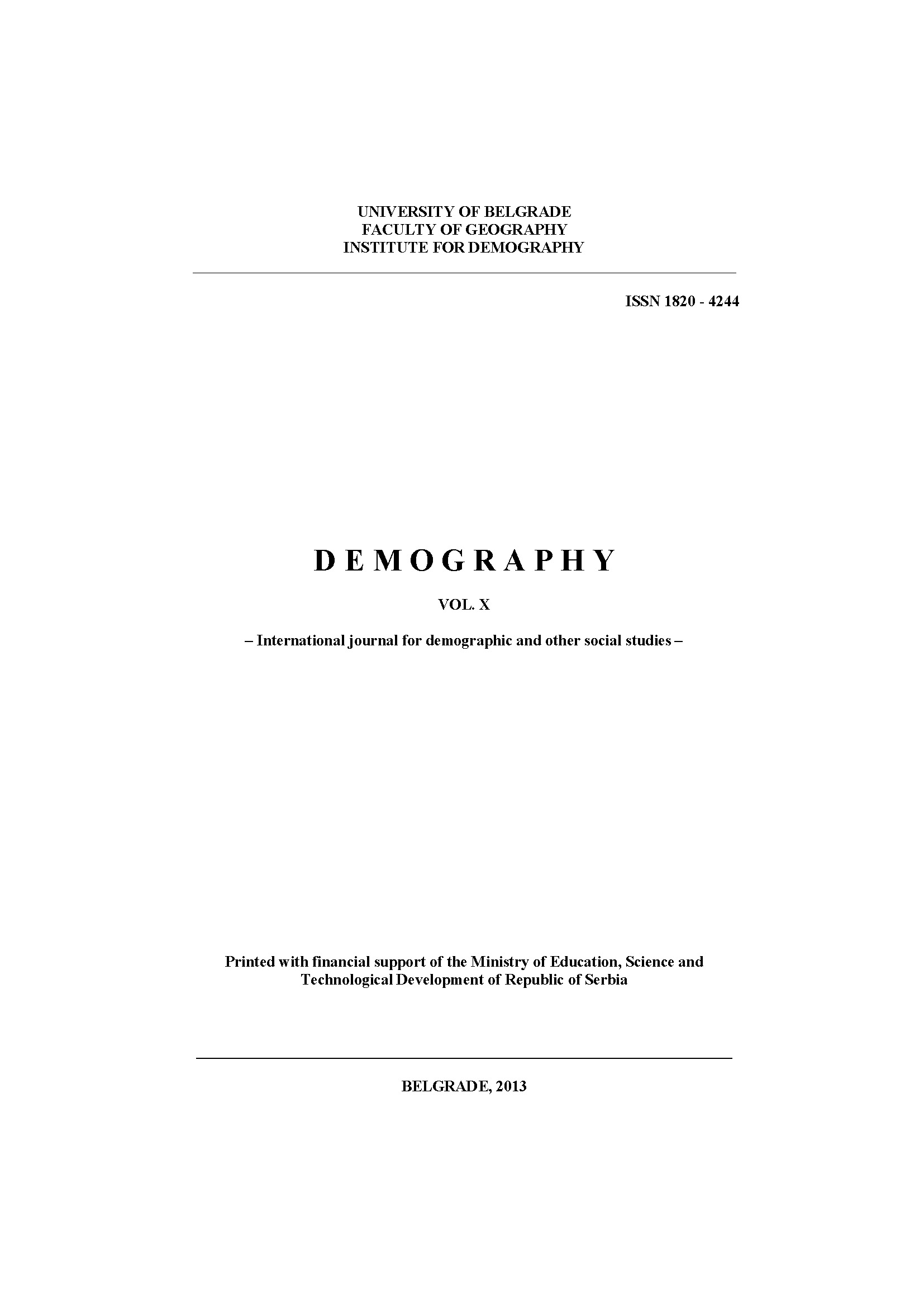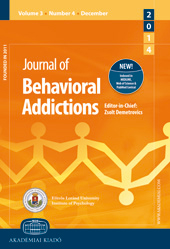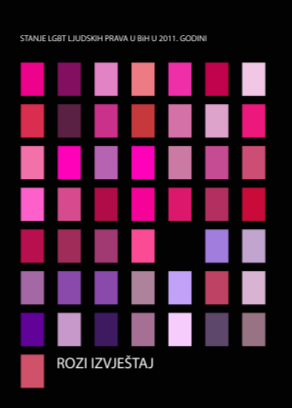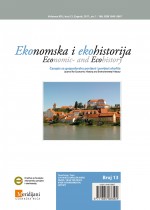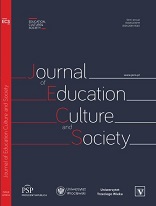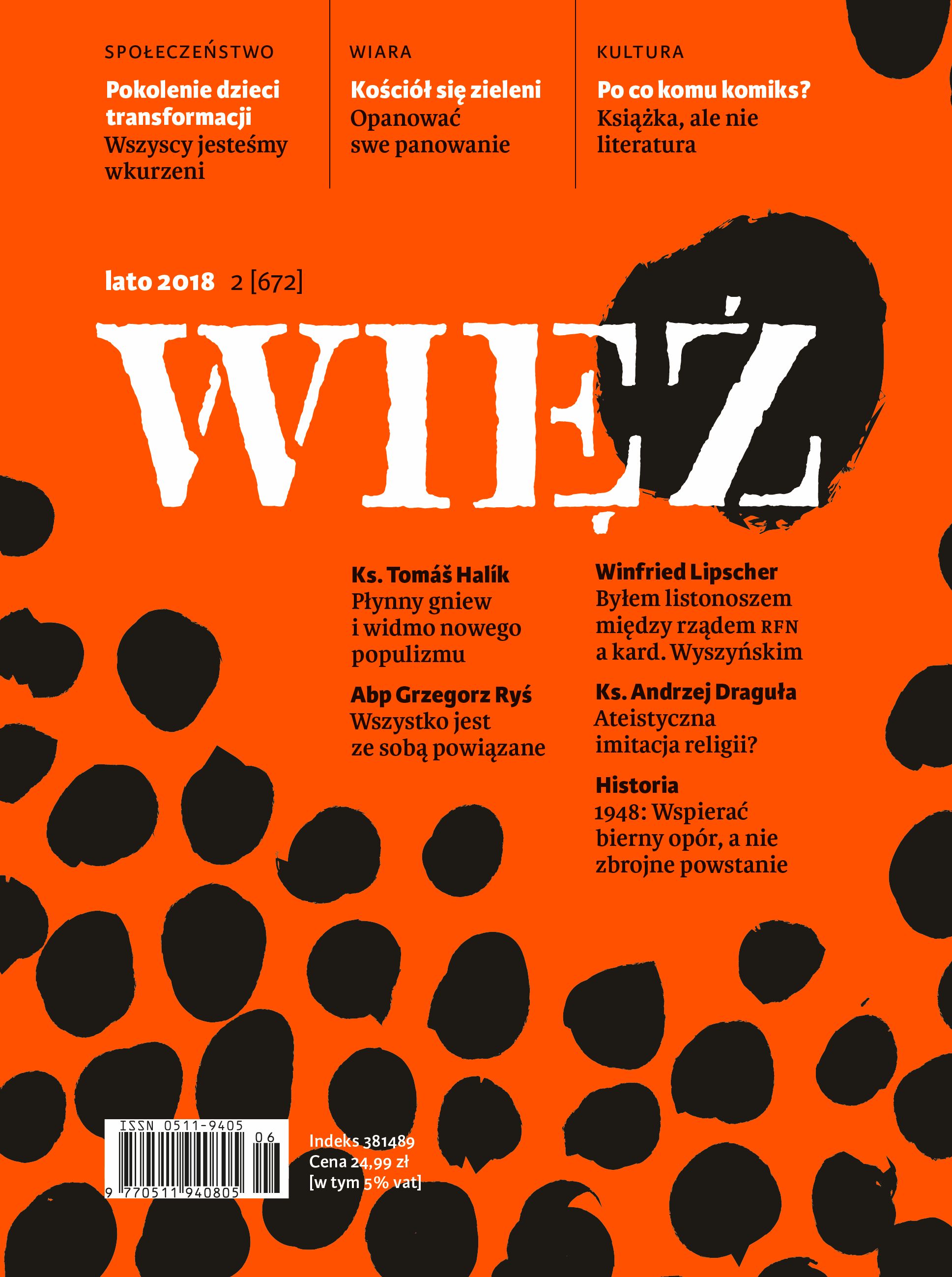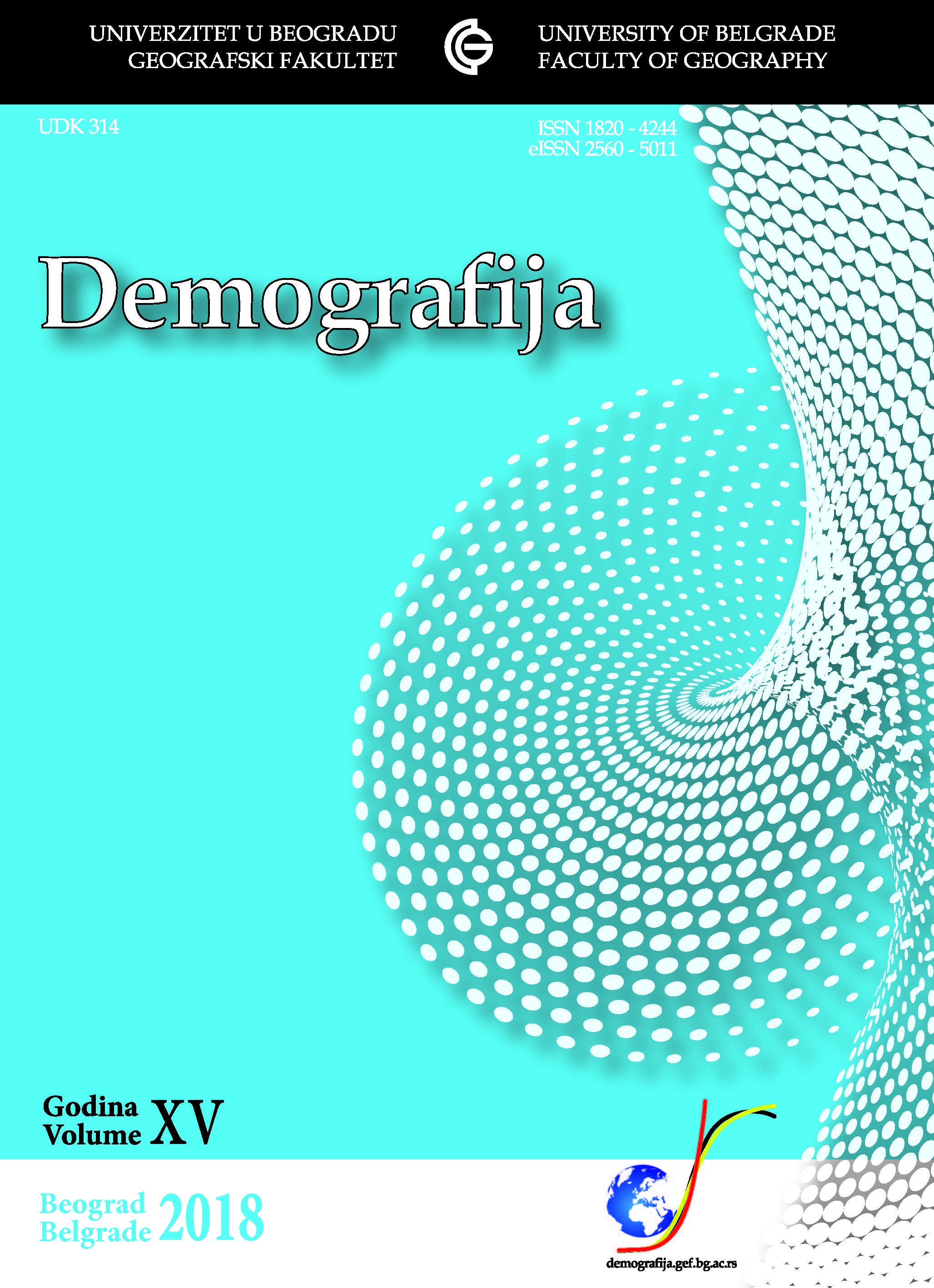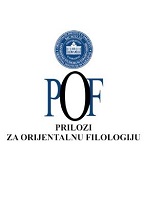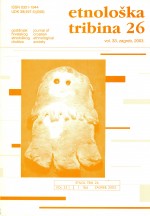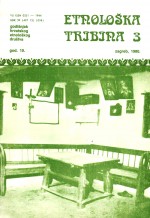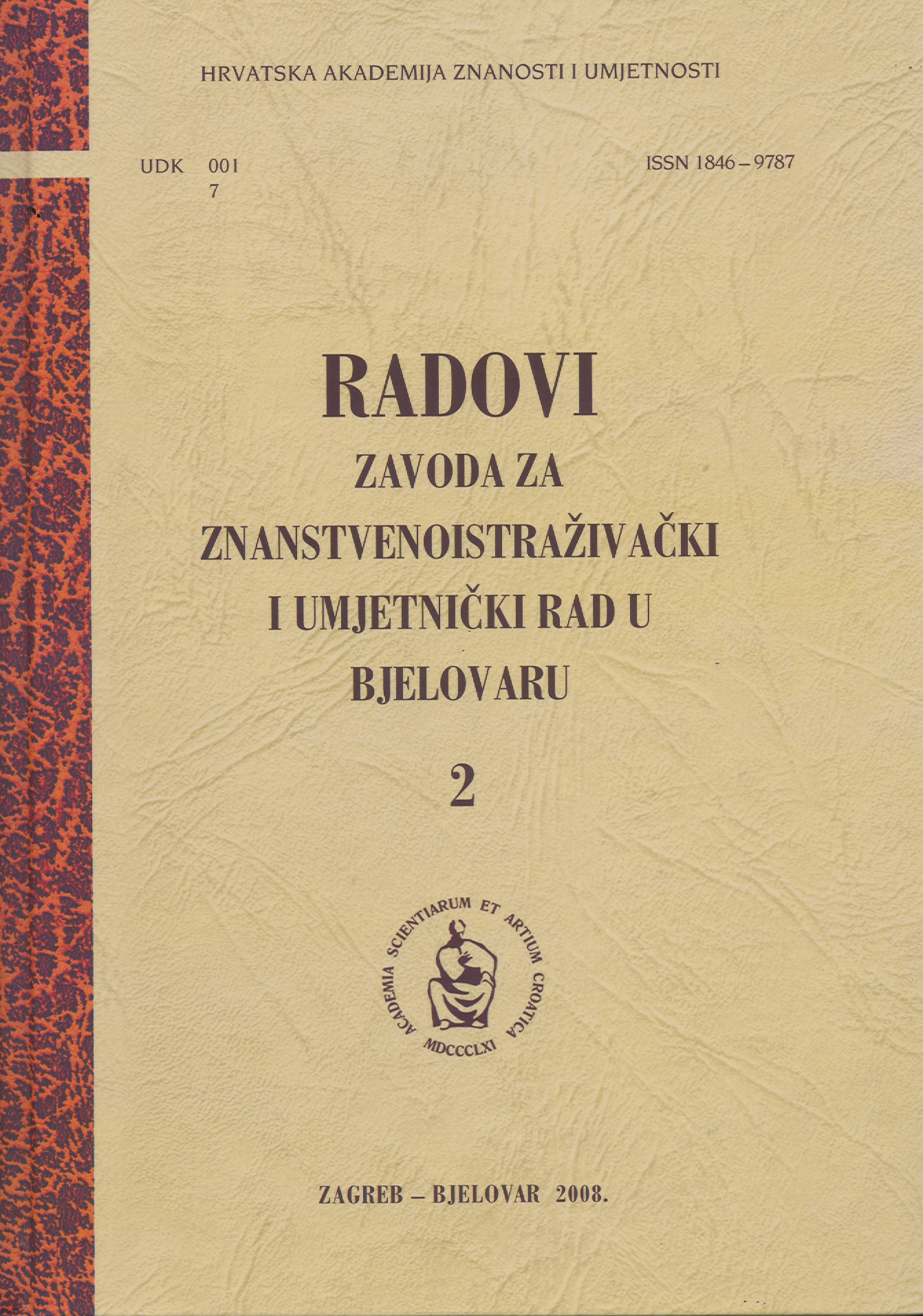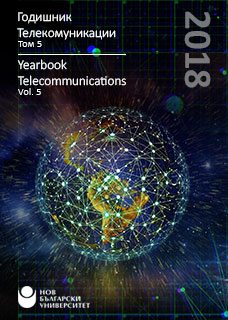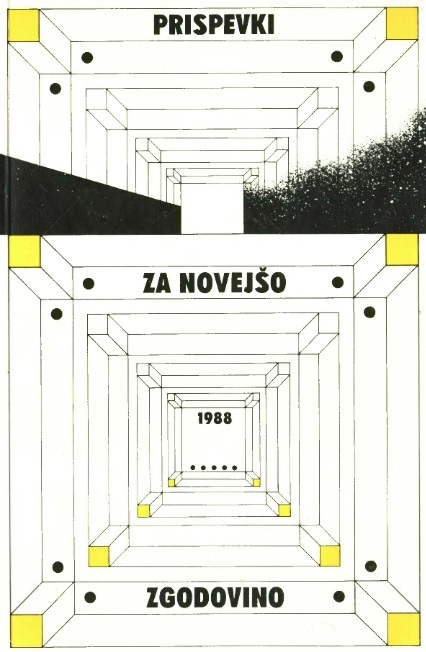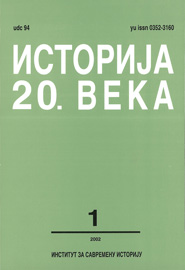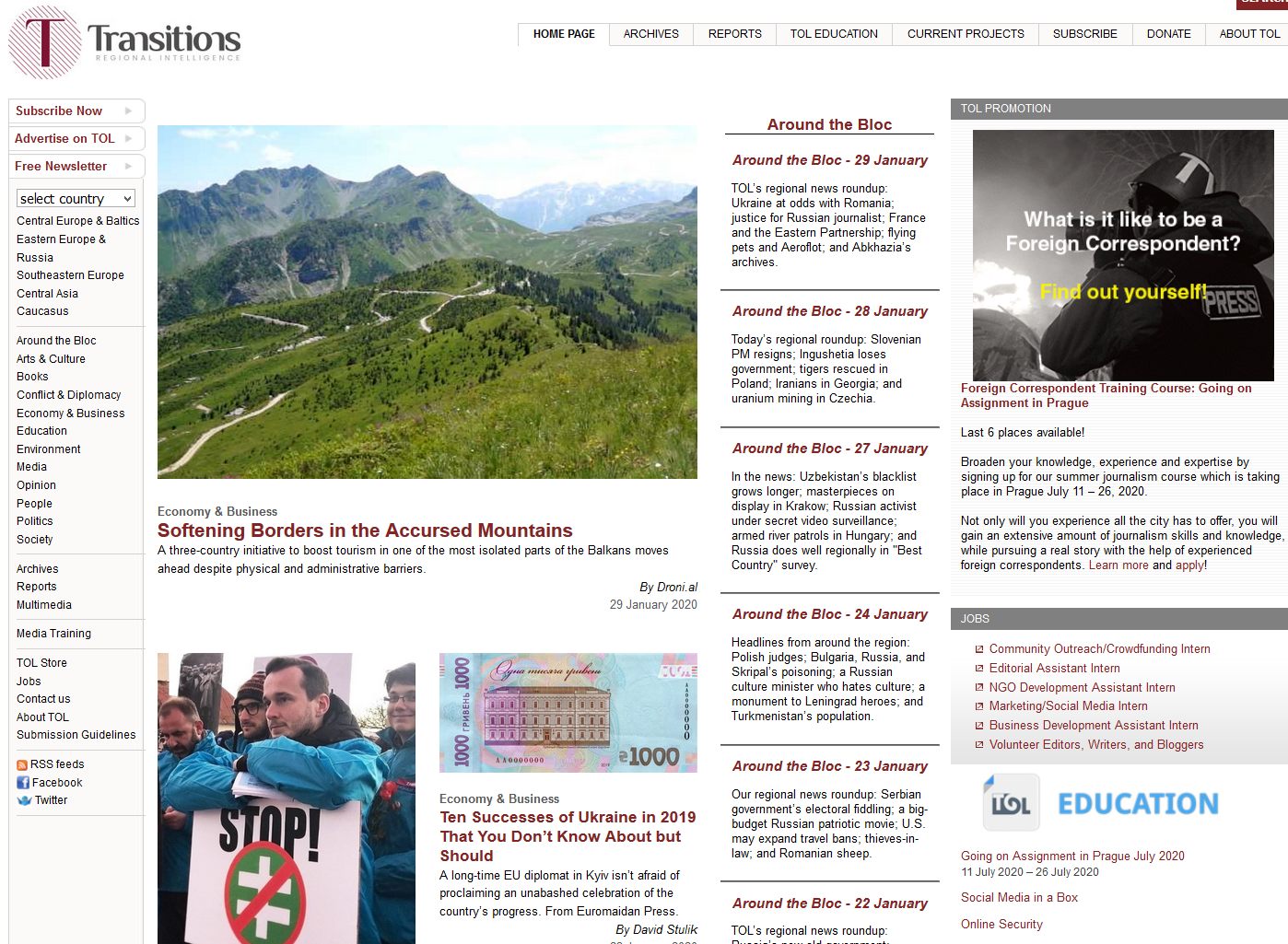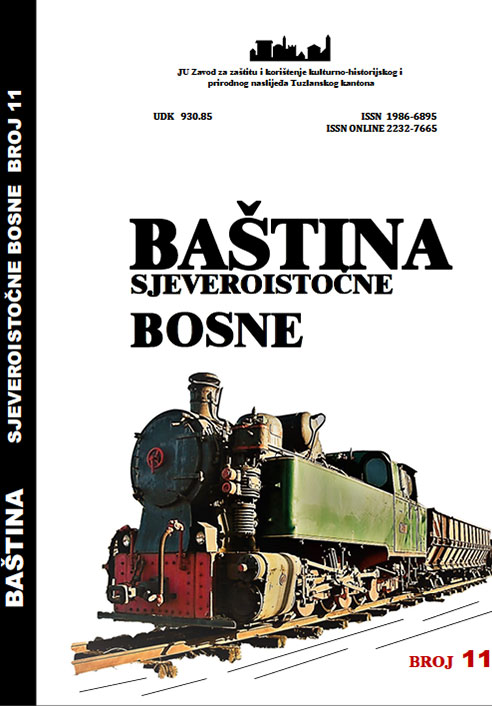Author(s): Vesna Kolić Klikić / Language(s): Croatian
Issue: 26/2003
The space between the Kupa and the Korana rivers has failed to keep pace in the economic sense with the rest of Croatian regions. The main reason for this region to be economically underdeveloped can be traced in relations of the Krajina government towards the local population. Namely, no communities linked to the foundation of manufactures or handicrafts have been established. Other reasons are the weak quality of soil and the small agricultural areas, insufficient for provide for the local population. During the second half of the nineteenth century, as well as the early decades of the twentieth, large groups of Kordun population have moved to Slavonia, and especially to the surroundings of Nova Gradiška. The villages around Nova Gradiška were almost completely abandoned at the time, so that properties could be bought relatively easily. When moving to Slavonia, the immigrants from Kordun have feld secure when purchasing properties, because land was the only lasting existential safety and wealth from their point of view. For the people from Kordun, Slavonia was the promised country with no famine, it stood for wealth and a good life. Some of the immigrants have sold, given away to relatives or simply abandoned their properties in the old region and moved to the new one. Almost all of the immigrants from different parts of Kordun publicly speak of themselves as of people from Lika (Ličani), thus protecting themselves from the conservative and stereotyped attitude of the locals that anything or anyone coming from Kordun is backward, illiterate and poor. Another reason for this is the relationship of the local Šokci towards them; namely, from the very point of their coming to the area, they were considered to be from Lika and called Ličani. A part of the immigrants from Kordun who lived in the hill areas around Staro Petrovo Selo, Vrbova, Nova Kapela and Ljupina have been farming sheep, pigs and cattle, as well as producing cereal crops, fruit and vegetables. They used to sell their products and animals and buy land for the money. In Vrbova, Oštri Vrh, Dragovci, Nova Kapela and other villages, a part of the new population has immediately joined the cultivation of silk-worms. Since the second half of the nineteenth century, there has been a brickyard, the largest one in Slavonia. It produced 300 000 pieces of bricks and tiles annually. At the end of the nineteenth and the beginning of the twentieth century, another brickyard was opened in Rešetari, and during the early twentieth century another one in Nova Kapela, where many of the immigrants have found their workplaces. Alongside the southern hill belt, and especially in Cernik, Mašić, Rešetari, Vrbova and Ratkovica, the brown coal mines have been opened at the beginning of the twentieth century. The immigrants from Kordun have, for the most part, come to the new region with no personal wealth or money. Therefore, they first had to earn the money to buy their land and houses by doing hard manual labor. Although men have worked, women who came to Dragovci from the region between the Kupa and the Korana rivers, have had to work as servants at first. Other immigrants have found work as railway workers or as miners in the nearby mine of Ratkovica. Wives of the immigrants have done hard work on changing the sleepers and digging the railway embankments, before they were sprayed with preparation for suppressing the growth of grass. Other jobs were found in mills, shops, construction and development of the city streets, building of the power station and other vital objects. The immigrants have also worked at larger estates as day-laborers or as servants in rich houses of the upper classes of Nova Gradiška. In Staro Petrovo Selo, Vrbova and Nova Gradiška there were several land-owners who have employed a significant number of day-laborers during the whole year, and especially during the work season. In the vineyards of the rich, a vine-dresser (vincilir) was employed. Besides being paid, he also got a piece of land for gardening, some firewood, as well as food and drinks for Christmas and Easter. Vine-dressers were usually the immigrants who have had no houses of their own, so that their first places to live were the small vineyard houses. The immigrants who came to Dragovci have worked on other people's land as sharecroppers, even for the one third of the crop. Thanks to the possibility to sell their products, as well as to jobs that earned them some money, the economic situation of the immigrant families became increasingly stronger. Around the World War II, and especially after the War, many families send their children away to get an education, so that today we can find the descendants of the Kordun immigrants in almost all walks of life. However, not all immigrants destinies were the same. In the mid-twentieth century, many people from the Vrbovec area have moved to Australia, Germany and Scandinavian countries.
More...
